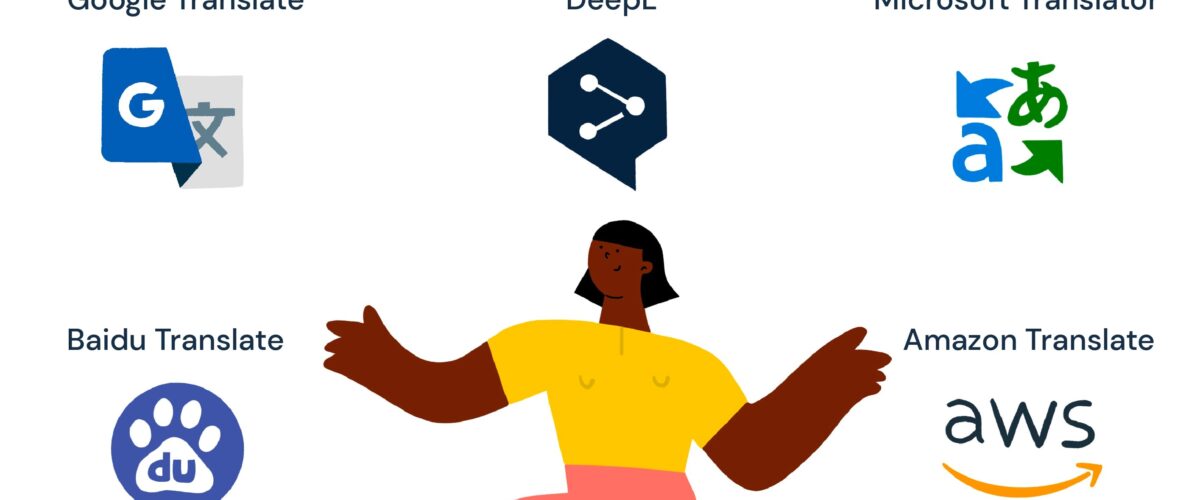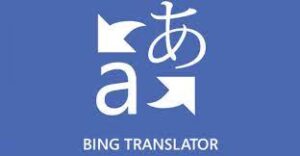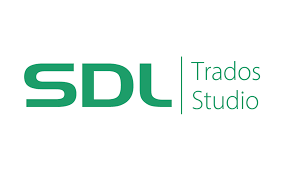
Machine translation refers to the use of computer software to translate text or speech from one language to another. The goal of machine translation is to produce a translation that accurately conveys the meaning of the original text, while taking into account the nuances and complexities of both the source and target languages.
Machine translation can be achieved through a variety of techniques, including rule-based translation, statistical translation, and neural machine translation. Rule-based translation involves using a set of predefined rules to translate text, while statistical translation uses large sets of data to learn how to translate between languages. Neural machine translation is a more recent approach that uses artificial neural networks to learn how to translate.
Machine translation has become increasingly important in our globalized world, as it allows people to communicate across language barriers more easily and efficiently. It is used in a variety of settings, including business, government, and personal communication. While machine translation has come a long way in recent years, it still has its limitations, and human translators are often needed to produce the most accurate translations.
How is Machine Translation Useful?
Machine translation has numerous benefits and can be useful in many ways, some of which include:
- Facilitating communication: Machine translation makes it possible for people who speak different languages to communicate with each other more easily and effectively.
- Saving time and money: Machine translation can be faster and less expensive than hiring human translators, especially for large volumes of text.
- Improving accessibility: Machine translation can make information and content more accessible to people who speak different languages, including those with disabilities.
- Enhancing global business: Machine translation can help businesses expand their reach into international markets, by translating product information, marketing materials, and customer support interactions.
- Supporting multilingual research: Machine translation can help researchers understand and analyze content in different languages, making it easier to collaborate across borders and cultures.
- Improving language learning: Machine translation can aid language learners by providing instant translations of words, phrases, and sentences, and allowing them to practice reading and writing in different languages.
Overall, machine translation has the potential to break down language barriers and facilitate communication, making it an essential tool in today’s globalized world.
Know About Free Machine Translation Tools
There are many free machine translation tools available online, but here are some of the best ones:
Google Translate

Google Translate is one of the most popular machine translation tools. It supports more than 100 languages and offers a variety of features, including text and speech translation, handwriting recognition, and even image translation.
DeepL

DeepL is a relatively new machine translation tool, but it has quickly gained popularity for its high-quality translations. It supports several languages, including English, German, French, Spanish, Italian, Dutch, Polish, and Russian.
Bing Translator

Bing Translator is a translation tool developed by Microsoft. It supports more than 60 languages and offers a variety of features, including text and speech translation, and the ability to translate web pages.
Yandex.Translate

Yandex.Translate is a translation tool developed by the Russian search engine, Yandex. It supports more than 100 languages and offers a variety of features, including text and speech translation, and the ability to translate web pages.
Mate Translate

Mate Translate is a browser extension that offers translation support for over 100 languages. It can translate text, speech, and web pages, and also has a built-in dictionary and phrasebook.
It is important to note that while these machine translation tools can be useful, they are not always 100% accurate and may produce errors or inaccuracies. It is always a good idea to double-check translations with a human translator when accuracy is crucial.
Learn More About Paid Machine Translation Tools
There are several paid machine translation tools available, and the best one for you will depend on your specific needs. Here are some of the most popular paid machine translation tools:
SDL Trados

SDL Trados is a popular translation software used by many professional translators and translation agencies. It offers a range of features, including translation memory, terminology management, and project management tools.
MemoQ

MemoQ is another popular translation software that offers similar features to SDL Trados, including translation memory and terminology management. It also has advanced features like machine translation and quality assurance tools.
Wordbee

Wordbee is a cloud-based translation management system that offers a range of features, including project management, collaboration tools, and workflow automation. It also offers machine translation integration with several providers, including Google Translate and Microsoft Translator.
TransPerfect

TransPerfect is a language services provider that offers a range of translation and localization services, including machine translation. It uses a combination of machine translation and human post-editing to ensure high-quality translations.
KantanMT

KantanMT is a cloud-based machine translation platform that allows users to build custom machine translation engines. It offers a range of features, including terminology management and translation memory, and can be integrated with other translation tools.
It is important to note that while paid machine translation tools can offer more advanced features and customization options, they are not always necessary for every translation project. It is always a good idea to consider your specific needs and budget before investing in a paid machine translation tool.
Conclusion
Machine translation has come a long way in recent years and has become an essential tool in today’s globalized world. It has numerous benefits, including facilitating communication, saving time and money, improving accessibility, enhancing global business, supporting multilingual research, and improving language learning.
However, it is important to note that while machine translation can be useful, it is not always 100% accurate and may produce errors or inaccuracies. Therefore, human translators are still needed to produce the most accurate and high-quality translations, especially for content that requires a high level of accuracy and nuance.
Overall, machine translation and human translation can work together to provide a more efficient and effective translation process. Machine translation can be used to translate large volumes of text quickly, while human translators can provide the necessary cultural context and nuances to produce high-quality translations. The key is to find the right balance between machine and human translation, depending on the specific needs of each translation project.

Post a Comment